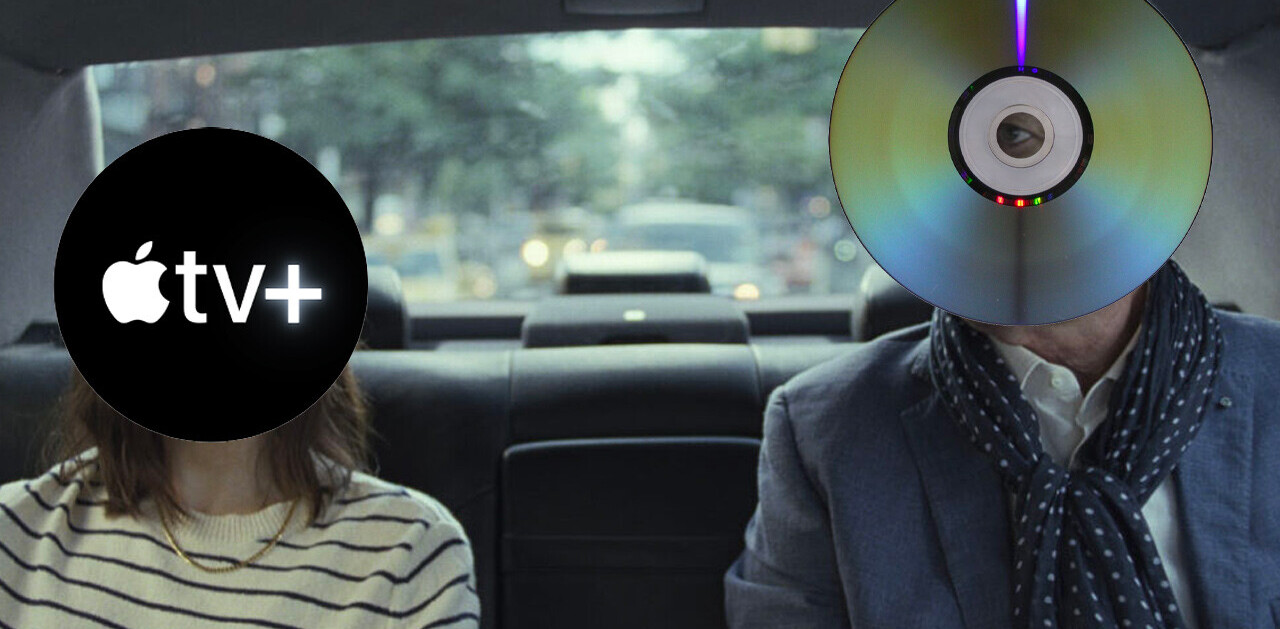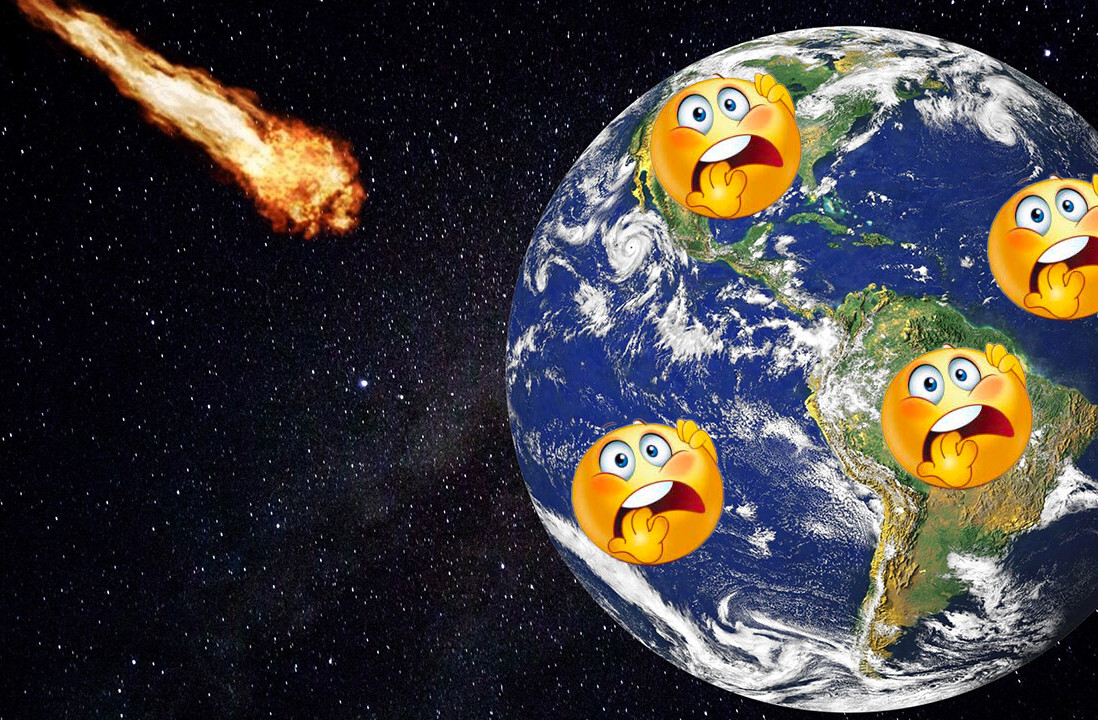I love watching movies. A controversial and brave statement, I know.
Anyway, since the end of last year, this habit has accelerated. It’s hard to know why. Maybe it’s because I started my own movie-tracking spreadsheet, maybe it’s because of the Netherlands’ Cineville card, or maybe, just maybe, it’s because of my 4K Blu-ray player.
Yes, you read that correctly, my preferred way to watch movies on my sofa is with a — whisper it now — disc.
And in the spirit of everything moving picture related, this whole piece is also a video — something you can watch above. In it — and this article — I’m going to go through why I adore the 4K Blu-ray format, my player of choice, and why this decision is both smart and stupid.
[Read: 4 ridiculously easy ways you can be more eco-friendly]
To achieve this, we’re going to dive-in and define some technical terms. Because if we’re going to talk about the benefits of watching a 4K Blu-ray over its most obvious competitor (AKA streaming) we need to get an overview of what this is all about.
First off, quality.
What actually is 4K?
Without getting too weighed down, 4K is a display resolution. I’ve written about this in more detail here, but I’ll sum it up quickly for the sake of the article.
Resolution is simply the number of pixels a screen can show, something that translates directly to the level of detail a picture has. Normally, this is described by stating the number of pixels across the screen‘s width and height respectively.
For example, the 1080p resolution is for screens that display 1,920 pixels horizontally and 1,080 vertically. But what about 4K? Well, without getting mixed up with cinema formats, 4K for the home user is a screen that displays 3,840 pixels horizontally and 2,160 vertically.
This means it has four times as many pixels than a 1080p screen (which was the old HD standard).
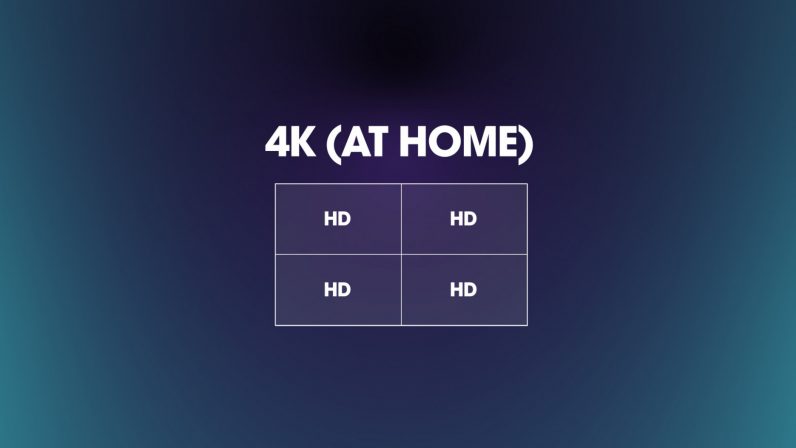
So, there’s a quick description for you: 4K is a display resolution that tells you how many pixels can be displayed on the screen. Effectively, it means more detail.
And what is HDR?
HDR is another important element in the discussion about quality — but one I don’t want to dwell on too much. Instead, we’ll focus on the basics.
First, what does HDR stand for? Well, that’s High Dynamic Range. What that means in reality is that TVs which support the technology have brighter images and a wider range of color details. This allows them to offer a more realistic, natural image.
Now, there are three main HDR formats: HDR10, HDR10+, and Dolby Vision. (Note: there are other HDR formats, something you can discover more about here, these are just the most popular).
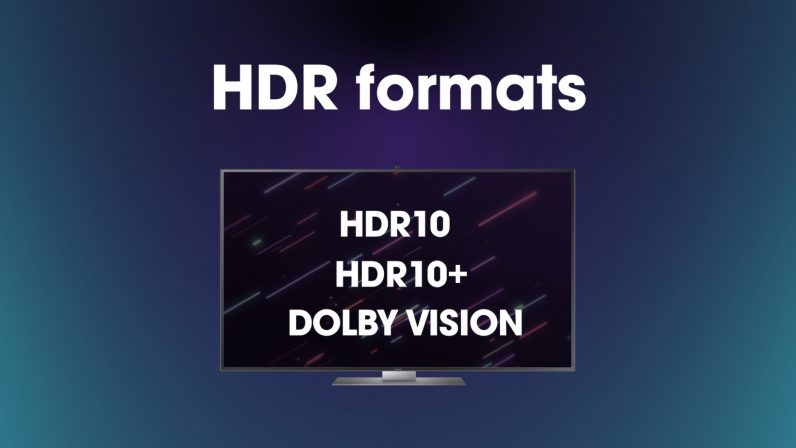
Another important point is that HDR is something that your TV needs to support. Currently, there’s a battle going on for format supremacy — similar to the VHS and Betamax wars — but that’s a topic for a different article or video.
Want a TL;DR? Well, HDR is a technology that improves the colors on your TV.
Importantly, you’ll also likely notice a bigger leap in ‘quality’ from non-HDR to HDR than you will from 1080p to 4K. This is because you need a TV of a specific size (or be really close to it) to see the pixel increase from the resolution bump. While you can appreciate deeper blacks and brighter pictures from anywhere.
So why is it important to know about 4K and HDR? Well, because they’re the foundation of both the 4K Blu-ray experience and streaming. So, let’s talk the latter.
Streaming vs. 4K Blu-ray: what’s the difference?
Now, as I mentioned 4K resolution and HDR are available on both streaming networks and 4K Blu-ray players. But… there is a difference between the two.
Before we go further, this isn’t me dunking on streaming quality — in fact, quite the opposite, much of it looks amazing — it just doesn’t look as good as the picture on a 4K Blu-ray player.
Why? Well, that’s all because of compression. And yes, this means we’re going to another short explainer.
I won’t go into detail (I’d recommend watching this excellent video on intelligent compression), but we can cover the basics. Everything is compressed. And that’s because it needs to be.
For example, an uncompressed 4K video would use over 5 terabytes of data per hour — which is far too big for any regularly in-use storage format.
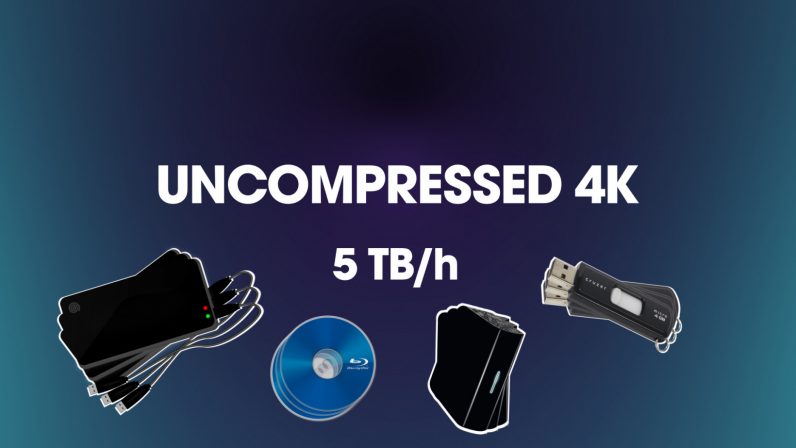
Instead, videos on both discs and online are compressed. This is done in a variety of ways, but the clearest visualization is to think of video like a collection of still images (which it effectively is).
If you have two consecutive images in a movie, the chances are they’re very similar. Think of a still landscape with a character walking across it. In an uncompressed video both those separate images will be stored, something that will take up a lot of space over time.
In a video that’s intelligently compressed that same background isn’t stored multiple times. Instead, the only information each frame has it what wasn’t in the previous one.
Let’s return to our character walking across a still landscape. With intelligent compression, only a fraction of that image (the moving person) would be stored. Over the course of thousands and thousands of frames, this can save a huge amount of space without impacting picture quality too much.
Again, this isn’t the only form of compression (read more here), but it’s the easiest one to think about.
Let’s get back to streaming and 4K Blu-ray players.
Now, a 4K UHD Blu-ray disc (don’t worry about UHD, it just stands for ultra-high definition) generally holds either 66 or 100GB of data. What this works out to — post 2018 at least — is a video that’s playing anywhere from 72 Mbit/s to 144 Mbit/s.
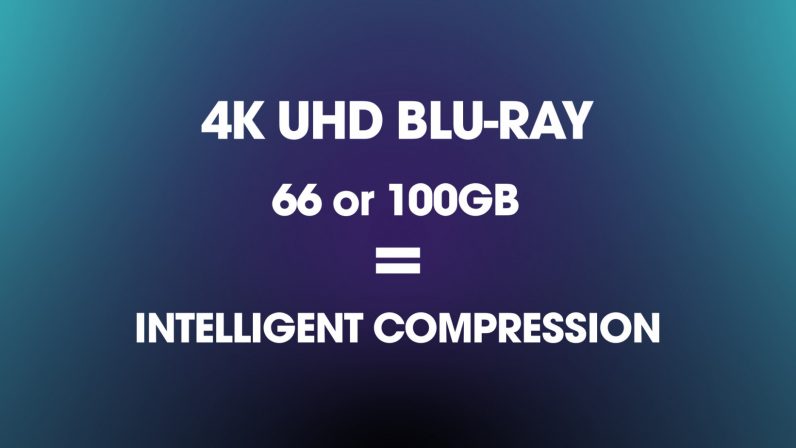
Onto streaming and we’ll use Netflix as our baseline. It’s hard to get an exact number on the quality of its videos, but everything points towards a 4K stream playing somewhere between 15.6 and 25 Mbit/s.
The reason for the smaller videos? Mainly, to cut down on bandwidth use. Which makes sense. Internet speeds aren’t unlimited or even consistent across the globe.
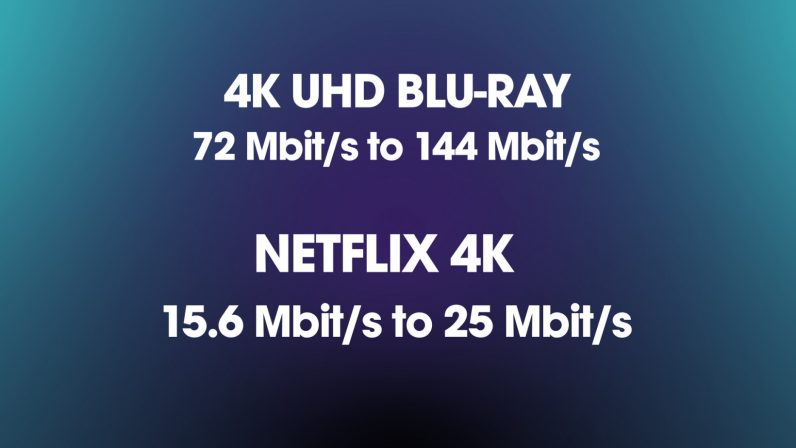
So what do we take from this? That the quality on a 4K Blu-ray is potentially almost six times that of a stream? No. Do not take that away.
The quality divide between streaming and 4K Blu-ray
Look, there’s literally no way you can compare a 4K Netflix stream and a comparable Blu-ray and say the latter is six times as good. Hell, it’s not even twice as good. But it is definitely better.
Here’s the best way to describe it: if you’re watching a black and white drama or an old sitcom, you probably won’t be able to notice much, if any, difference between Netflix and a 4K Blu-ray.
The contrast comes when you watch a true cinematic spectacle. If there’s action, moving parts, deep blacks, or lots of movement, that’s when the extra detail is really noticeable. Inception is a good example of the type of movie that really pops on 4K Blu-ray.
There is one area that streaming simply cannot compete with a 4K Blu-ray player — and that’s sound. The discs have uncompressed audio and, if you have a decent audio set-up, the quality leap is seismic. Far better than the limp, lifeless sound you get from a lot of streams.
All this sounds fantastic, right? Right! But let’s not forget: this is just how it is at the moment. Over the next decade, internet speeds will rise and compression techniques will improve. This means the current quality divide is going to get smaller and smaller.
But should I rush and buy a 4K Blu-ray player?
This is where we bump into the biggest issue: money. A 4K Blu-ray player is a luxury — and one you probably don’t need.
I’ll use my player as an example: the Sony UBP-X800M2.
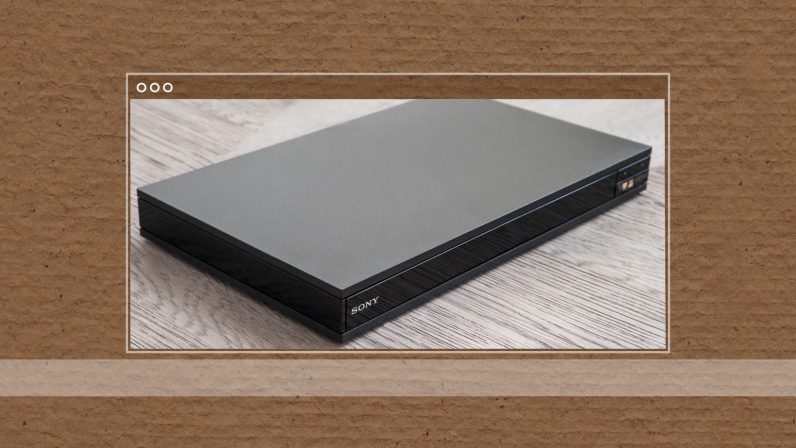
Honestly, this thing is my goddamn jam. Is it pretty? Not conventionally, but I dig its utilitarian vibes.
But let’s talk about how it works. Basically, it has almost everything you could want from a 4K Blu-Ray player: Dolby Vision and high-res audio support, 4K upscaling, the ability to play pretty much any disc or file — hell, it even has Netflix if you want to use it to stream too.
It’s not perfect — no HDR10+ is a bit of a downside — but the Sony UBP-X800M2 is close to it. Everything looks and sounds amazing. It’s reliable. It’s easy-to-use. It’s a wonderful 4K Blu-ray player.
But here’s the biggest issue: the Sony UBP-X800M2 costs around $300.
That, quite obviously, isn’t cheap. Yes, there are other options. For example, you could use something like the Xbox One, but then you lose part of the quality and experience, which so much of this is about.
(Note: the Sony UBP-X700 is a great 4K Blu-ray player that’s a bit cheaper than the above. Also, you can also look for refurbished models if you want to find a bargain).
The cost issue doesn’t stop there. Next up, the movies.

The cheapest you can reliably get a 4K Blu-ray disc for is around $20. More often than not, a new movie is closer to $30. Depending on where you live, that means a single 4K Blu-ray is equivalent to about two cinema tickets.
That is wildly different to Netflix.
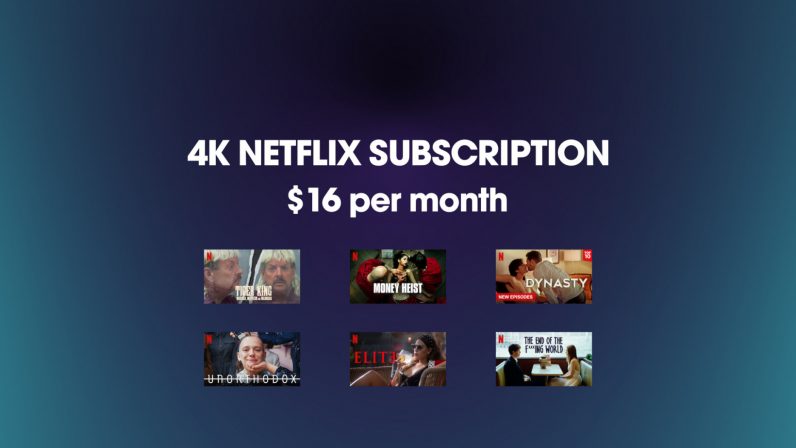
As the rather helpful image above shows, a 4K Netflix subscription costs $16, and with that you have access to a library busting with content.
But, of course, Netflix might not have the specific movie you want. Well, in that instance you can “buy” a movie on Amazon Prime for around $10. That’s more expensive than Netflix, but far cheaper than a 4K Blu-ray disc.
Effectively, what I’m saying is that even when you ignore the cost of the player itself, buying the discs themselves is uneconomical.
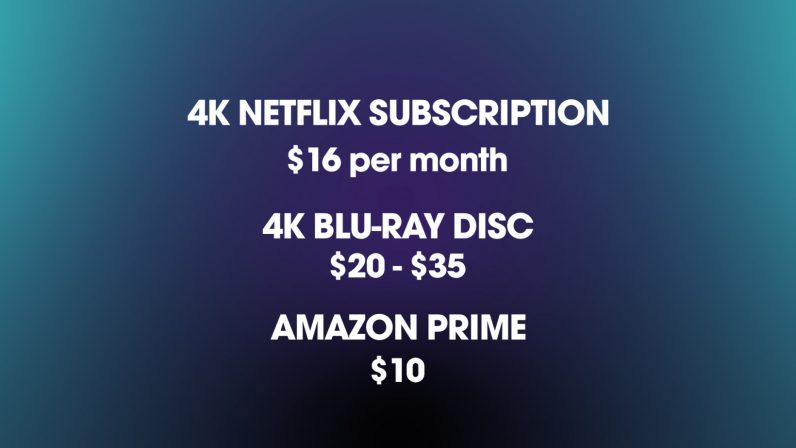
So why do you like the 4K Blu-ray experience so much?
Well, I’ve already spoken about the quality increase over streaming, which is very important to me — but it’s more than that.
First off, I’m a bit of a hoarder. I love collections, so I see value in the idea of creating a library, one that can’t be altered or taken away by anyone else. That’s a big thing. It brings me daily joy.
Another is I find there to be a certain magic to watching a physical movie. One of the issues with streaming is that it has turned art from a thing to be savored, into more of a web application.
This isn’t a bad thing per se — I adore the ease we can access great media — but it does impact the feeling of watching a movie. It becomes a service, rather than an experience, something to be quickly consumed, instead of relished. Being able to browse my movie shelf and select something makes me appreciate the art even more and, well, it just makes me really fucking happy.
And here’s when we get to the crux: none of that might bother you one iota. And you know what? That’s totally cool. You can watch and engage with media in any way you want.
The trade-offs (read: cost) of owning a 4K Blu-ray player may seem absurd to you, especially as it’s a companion to streaming, not a replacement. It’s not for everyone, it’s a luxury, an indulgence. I love mine and wouldn’t give it up, no matter how uneconomical it may be at points, despite its quality benefits.
And that, friends, is why owning a 4K Blu-ray player is both smart, and stupid.
Get the TNW newsletter
Get the most important tech news in your inbox each week.
